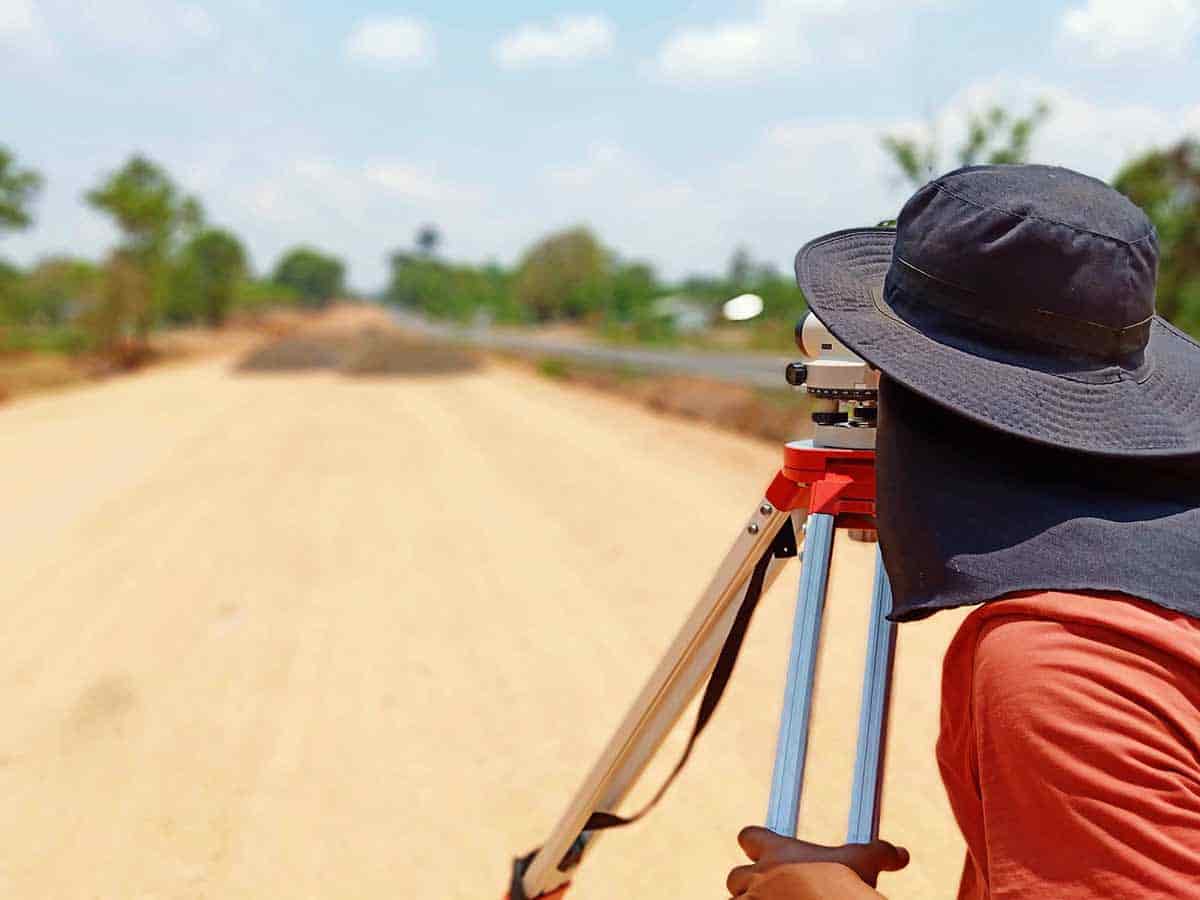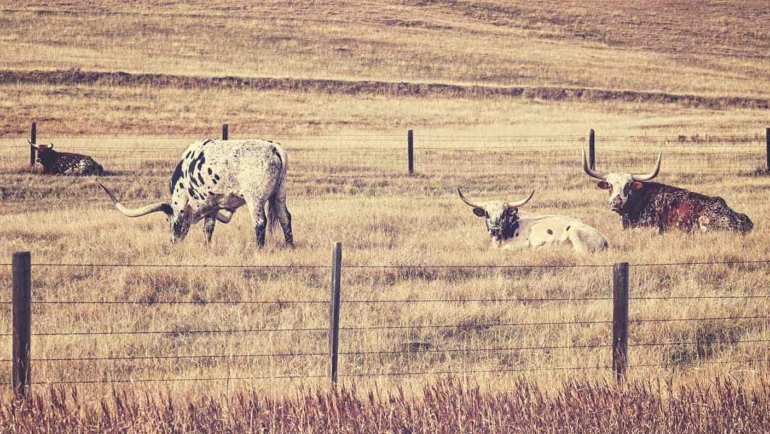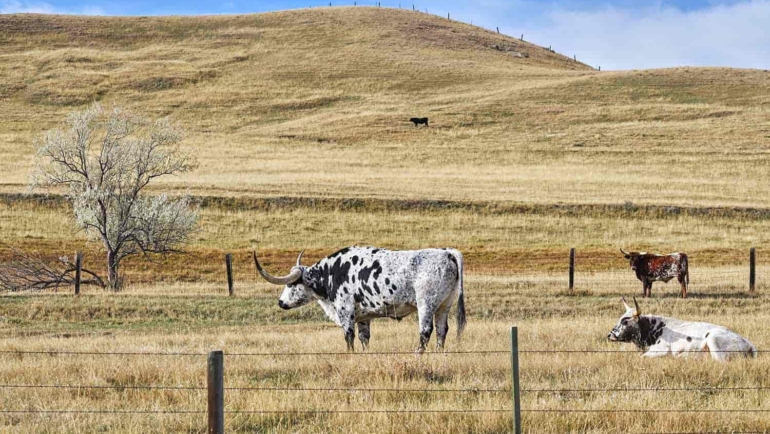Soil is one of our most valuable natural resources, providing raw nutrient material, natural irrigation, and space, not only for essential crops but also for the infrastructure of civilization. Land judging is essential to establishing the land’s agricultural and ecological capabilities.
Land judging cultivates the ability to identify soil characteristics and relate them to land potential. Land judging competitions can be used to train a younger generation of agriculturalists and environmentalists to evaluate land with a modern understanding of ecosystems and soil science.
While soil may seem simple, the complexity and richness of life present in healthy soil is largely responsible for the state of our global environment. Therefore, understanding the qualities of the soil under your feet and what it means for the land around you will help to foster a healthy, thriving ecosystem. Keep reading to learn more about how to land judging works, why it’s so important, and what kind of jobs can be found from it.
What is Land Judging?
Land judging is the process by which the health and nutrient qualities of soil are quantified, according to the National Resources Conservation Service (NRCS). Organized Land Judging Competitions are often used by Universities and agricultural education programs, such as to train students in pragmatic soil and land evaluation.
The practical application of this process is used everywhere. The ability to judge the potential of a specified piece of land is inherently valuable to anyone in the agricultural or environmental activism industries.
How does Land Judging Work?
Land judging itself is the practice of measuring soil qualities. Land judging events, however, are a relatively standardized method of putting land judging into practice. Land judging events are typically used in an educational or training facility.
Land Judging Procedure
Land judging events, as outlined by the Georgia FFA Association, determine land treatment practices for a given number of fields or sites. Here is the basic procedural outline:
- Each site will be systematically divided and marked by the judges to create as uniform a grid as possible given the natural variation of the topography.
- The inevitable variations present in natural topography will be noted by judges and taken into consideration.
- The distinctive soil qualities and factors will be determined from a sample taken from each site.
- An “assumption card” will be posted at each site. This serves to keep a record of the various factors being measured at each site. This will also provide the platform for the natural variations in the sites to be noted and considered.
Land Judging Event Scoring System
The system of judging a land evaluation event is based on the scorecard. A Land Judging Scorecard will note the soil qualities of each contestant’s, or student’s, field site.
In the case of a tie, which is likely to occur when biologically healthy soil is allowed to thrive and expand organically, an additional field will be used to furnish a tiebreaker.
Soil Factors Taken into Consideration in Land Judging
When it comes to judging the value and potential of a plot of land, there are multiple factors that much be taken into consideration. These factors are then interpreted to gain essential knowledge of how factors like soil permeability, surface runoff, and soil type will affect the health and productivity of the land.
Oklahoma State’s Land Judging handbook outlines these soil factors to be considered in land judging events:
- Texture – Soil texture can range from fine sand or loam to clay.
- Depth – The depth of organic topsoil is crucial to evaluating the field site’s potential.
- Slope – The natural slope of the topography of each site will be noted and taken into consideration.
- Structure – The soil structure is a telling factor in land judging, giving clues to irrigation, microenvironments, and overall soil health.
- Erosion – Erosion can be used as an indicator for a lack of proper irrigation, typically when there is not enough living topsoil to absorb the water.
What are the Different Soil Types?
The way in which soil is categorized for the purpose of land judging is important for both students and judges to understand. Modern knowledge is always being uncovered in labs and universities around the world. Here are the main textural groups used to identify various types of soil:
- Coarse (sandy) – Coarsel or sandy soil will not ribbon. It will be gritty to the touch, as it is mostly comprised of sand. Coarse soil will break apart easily under the pressure of touch.
- Medium (loamy) – Medium textured soil will form short ribbons, but will still break easily to touch. The soil should crack lightly before breaking when pressed.
- Fine (clayey) – Fine clay soil should form a ribbon fairly easily.
According to Cedar Falls, ribbon testing is used to approximate soil type the texture of the soil in a large area based on the qualities of the ribbon sample.
Interpretation of Land Treatment Methods
The way in which the field site is managed is the second part of the land judging event. This is important for establishing a uniformly understandable way of interpreting and putting to the user the methods employed during land judging.
Land can be treated vegetatively, however, this is mainly used for cropland evaluation. Mechanical maintenance of land includes maintenance of terraces, drainage systems, and using chemical cropdusters and other modern equipment to cultivate the land. Land judging events will often include fertilizer and soil amendments in their method interpretation as well.
Why is Land Judging Important
The fundamental nature of soil science makes it an essential tool for any sustainable agriculturalists, rancher, or farmer. Oklahoma State University lists these reasons for including land judging in its curriculum.
- Enhance Your Understanding of Soil Science – The nuances of soil science are constantly being redefined as scientific progress continues. The inclusion of up-to-date soil science education is crucial to the direction the younger generation will carry the agricultural industry.
- Understand the Relationship Between Soil Qualities and Crop Growth – A deeper understanding of the microsystems present in the soil will allow for the land’s potential to be better understood. This will help to maximize the profitability and predictability of land.
- Understand How Soil Reacts to Various Forms of Management – Knowing how different methods of solid treatment influence the soil qualities is helpful to gauge the value and potential of a piece of land. The immersion of this concept with a competitive setting emulates the conditions of the agricultural industry, as well as the way different theories of soil and land management are put into practice by competing producers.
- Accurately Identify Different Soil Types – Understanding in depth the nuanced differences between soil types is beneficial to the whole knowledge of the land. The accurate definition is a crucial step to the overall success of land judging.
- Put Environmentally Sustainable Agriculture Into Action – Land judging provides the opportunity for students to experiment with alternative and sustainability-focused agriculture practices. Seeing how these practices can work–or how they can not work–is crucial to forming a complete understanding of the land site.
The ecological benefit of land judging events, aside from educating the community about the details and realities of soil science, can be seen in a natural improvement over time of the fields. As the soil’s temperament and qualities are better understood, the field sites will yield a higher crop and the ecosystem will thrive.
Top Soil in Land Judging
Topsoil is the layer of organically active material, which traditionally gets turned over during the plowing process. Recent knowledge about the microbiology of topsoil has lead progressive and sustainability focussed agriculturalists to reexamine the fundamentals of how land is treated, tilled, irrigated, and rotated.
Soil Science is Crucial to Sustainable Agriculture
As we continue to grow our understanding of the soil and the role that it plays in the sustainable productivity of the land, the methods, and practices used by farmers, ranchers and aggies will adapt as well. Keeping students and community producers up to date with soil science as it progresses will benefit not only the environment but the economy associated with it.
What Types of Job Opportunities Does Land Judging Provide?
Land judging events can be crucial training tools on the path to an agricultural or environmental science career. Events can be held for students or even just for interested members of the community. The value of land judging events is that they essentially provide massive amounts of soil data. This is useful in better understanding the environmental macrosystem and how a particular plot of land fits into it.
This valuable skillset applies mainly to agricultural careers, varying from independent ranch models to mass-scale industrial farm operations. Programs like the Resource District of Monterey County work to inspire the community, both students and agricultural producers, to learn more about the ground beneath their feet.
Teachers, professors, and community organizers can utilize land judging events not create not only a positive effect in the environment and assist the growth of knowledge, but insert practical application of new principles into any curriculum, program, or community.
Study Tools to Prepare for Land Judging Events
If you’re preparing for a land judging event, you can put yourself at an advantage by familiarizing yourself with the system of scoring. Templates and test cards for practice can be found at landjudging.com.
Using the practice tests to judge soil around your home, either in a personal yard or community garden, will help to foster a broader, cultural understanding of land judging the role it plays in environmentalism, agriculture, and economy. Other traditional study tools such as Quizlet can be helpful in preparing for an upcoming land judging event.
Studying the land judging handbooks from different states and programs, such as this one from the New Jersey FFA can also provide additional perspective, which creates well-rounded knowledge. Knowing how certain areas of land work and to relate with other fields, climates, and ecosystems can create the opportunity for ecosystems to work together and thrive.
Final Thoughts
Land judging is a system of competitive land evaluation frequently used by Universities and agricultural training programs. The purpose is to educate students and producers alike on the value, qualities, and influencing factors that determine a piece of land’s potential. This skill is crucial not only for a great many academic and agricultural careers, but can also be a helpful tool to promote a more holistic understanding of our own ecosystem. Land judging also applies and informs management practices in a small, comparative context, which allows for further discovery and growth.




